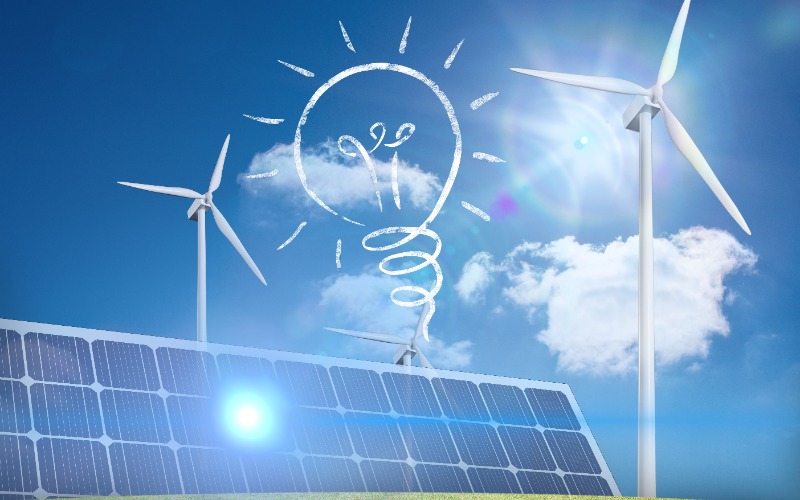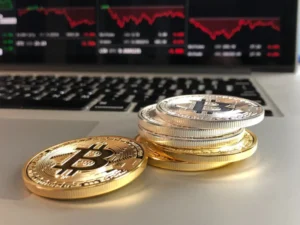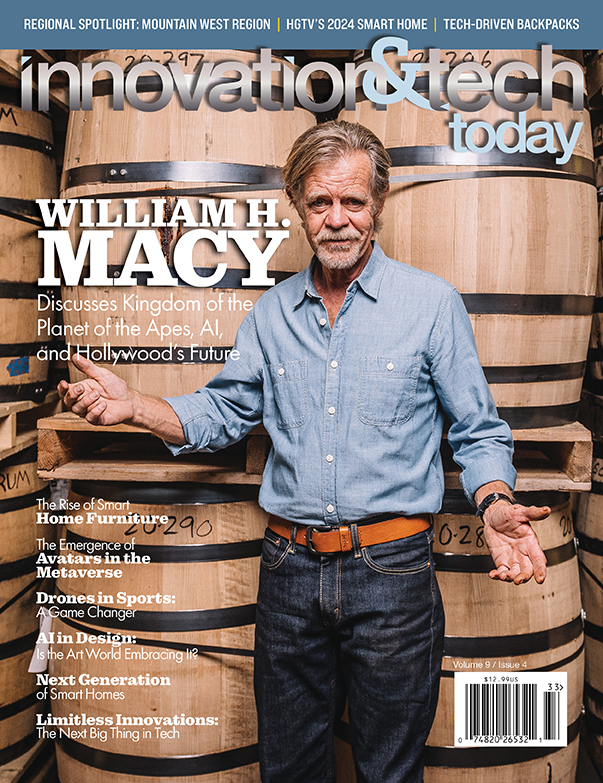In the global push to combat climate change and foster a sustainable future, renewable energy and clean energy have become cornerstone concepts. While they are often used interchangeably, these terms refer to different, though related, ideas in the realm of sustainability. Understanding the distinction between them, and their environmental implications, is crucial as we strive for a greener planet.
What is Renewable Energy?
Renewable energy refers to power derived from natural sources that are replenished on a human timescale. These sources, such as sunlight, wind, rain, tides, geothermal heat, and even plant material, can be naturally replenished and are not finite like fossil fuels (coal, oil, natural gas). The key feature of renewable energy is that it is sustainable because it doesn’t deplete over time—these resources will continue to exist as long as the Earth itself does.
Common types of renewable energy include:
- Solar Power: Harnessing sunlight through solar panels to generate electricity.
- Wind Power: Using wind turbines to convert the kinetic energy of wind into electricity.
- Hydropower: Generating electricity from the movement of water, typically through dams or turbines.
- Geothermal Energy: Tapping into the Earth’s internal heat to produce electricity or provide direct heating.
- Biomass: Using organic materials, such as plant matter or waste, to produce energy.
The environmental benefits of renewable energy are significant. Since these energy sources are naturally replenishing, they help reduce the pressure on fossil fuels, which are a finite resource. By replacing fossil fuels with renewable sources, we also mitigate the harmful emissions of carbon dioxide (CO2) and other pollutants that contribute to global warming and environmental degradation.
What is Clean Energy?
Clean energy, on the other hand, refers to energy that is produced with little to no negative environmental impact. While renewable energy is inherently clean, not all clean energy comes from renewable sources. Clean energy aims to minimize the emission of harmful substances such as greenhouse gases, pollutants, and particulates into the atmosphere during its production and use.
Clean energy sources include:
- Solar and Wind Power: These are both renewable and clean since they do not emit any harmful pollutants during their operation.
- Nuclear Power: Although it is not renewable, nuclear energy is considered clean because it generates electricity without emitting CO2 or other pollutants into the atmosphere. However, concerns around radioactive waste and safety issues continue to fuel debates on its sustainability.
- Hydropower (with caution): Hydropower can be clean if the energy generation process does not result in significant ecological damage (such as disrupting local ecosystems). However, large-scale hydropower plants sometimes harm river ecosystems and local communities.
The focus of clean energy is to reduce the environmental harm associated with energy production. Clean energy systems are critical in reducing our carbon footprint and can be employed in areas where renewable energy sources might not be viable or sufficient.
Key Differences Between Renewable and Clean Energy
While there is significant overlap between renewable and clean energy, there are key differences:
- Renewable energy specifically refers to energy from sources that are naturally replenished, regardless of whether they are “clean” in terms of emissions.
- Clean energy focuses on energy that minimizes environmental pollution, including greenhouse gas emissions, but may not always be renewable. For example, nuclear power is clean, but not renewable.
In essence, all renewable energy is clean, but not all clean energy is renewable.
Environmental Impacts
Both renewable and clean energy play essential roles in reducing the environmental impacts associated with traditional fossil fuels. However, there are differences in the types of impacts they address.
- Carbon Emissions: Renewable energy sources such as wind, solar, and hydropower do not produce carbon emissions during energy generation. In contrast, some clean energy sources, such as nuclear, still involve carbon emissions during the construction of plants or the mining of resources (e.g., uranium for nuclear power).
- Ecological Disruption: Large-scale renewable projects, such as hydropower dams, can lead to ecological disruptions, including the displacement of communities and wildlife. Similarly, the mining of materials for solar panels or wind turbines can have environmental consequences if not managed sustainably. Nuclear power, while clean in terms of emissions, has concerns over the management of radioactive waste and the potential risks associated with accidents.
- Land Use and Resource Depletion: Renewable energy sources such as solar and wind require significant land use, though they are generally considered less harmful than fossil fuels. The production of bioenergy from biomass, while renewable, can compete with food production and lead to deforestation if not carefully managed.
A Greener Future: Which is More Sustainable?
Ultimately, the choice between renewable and clean energy depends on various factors, including the specific environmental goals being targeted and the local conditions in which the energy is produced. Renewable energy offers long-term sustainability through its abundant and naturally replenishing resources. Clean energy, by minimizing harmful emissions, is also vital in the global transition toward more environmentally responsible energy systems.
In the context of climate change and sustainability, the future will likely rely on a combination of both renewable and clean energy solutions. By expanding renewable energy infrastructure and improving clean energy technologies, we can reduce the negative environmental impacts of energy production, enhance energy security, and move closer to a sustainable and resilient energy system.











